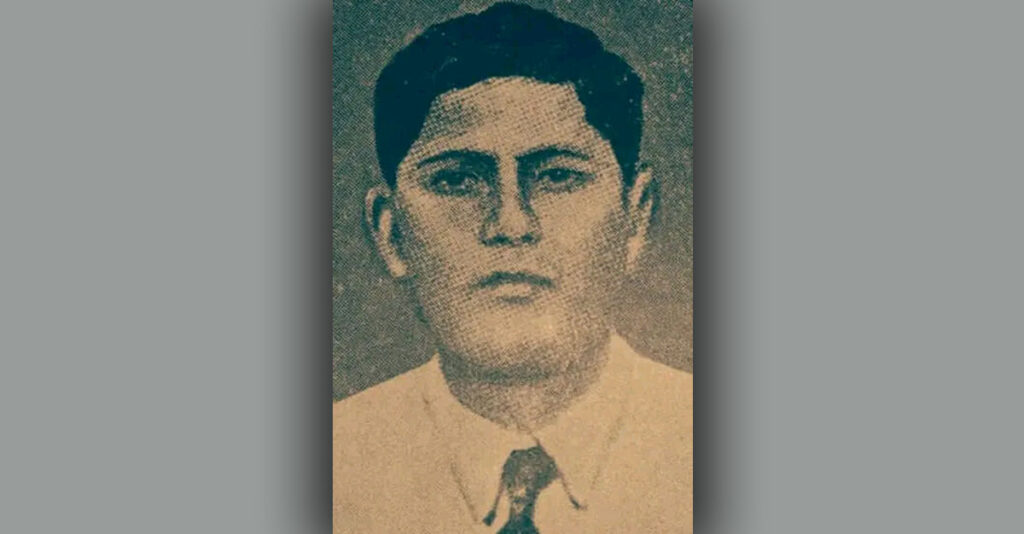Dr. Ananda Bormudoi
In the last few years of pre-independence, politics made claims on Assamese poetry. Wreck and tragedy during the Second World War engaged the minds of the young poets in national and international political problems, and Marxism was for them an ideology that could solve problems for the masses. The young poets were inspired by the English Marxists of the thirties, like Auden, Spender, Macneice, and the like. This group consisted of poets like Hem Barua, Bhabananda Dutta, Amulya Barua, Keshab Mahanta, Birendrakumar Bhattacharya, and a few others. Bhabananda Dutta, among them, was a poet and critic. His book, Asomiya Kabitar Kahin (A Tale of Assamese Poetry), is a defense of socially committed poetry. He was unhappy with the kind of poetry heavily influenced by Eliot and Pound.

The social reality of Assam following independence did not demand poetry of complex sensibilities like that of Eliot or Pound, but the poets read them mainly in their college and university syllabuses. Elleke Boehmer has rightly pointed out this situation: “Montage effects and mythic adaptations were, as we know, championed by Anglo-American modernist poetry. This poetry, in particular the works of T.S. Eliot, formed a staple part of the university syllabuses with which most of the writers of independence came into contact. In literary circles from Ibadan to Wellington, modernist techniques were popular. Writers turned to their own spiritual traditions, therefore, both as the source of a new national identity and as a mythic resource with which to structure poetic collages.” (Boehmer, Elleke, Colonial and Postcolonial Literature, OUP, 1995:204).
Also read: Post Independence Assamese Poetry – Part 1
The poets of the fifties consciously broke away from the poetical pre-conceptions of their predecessors. There emerged a group of intellectuals, who studied the poetry of different countries around the world and started building the foundation of modernist Assamese poetry. The majority of them were students of English literature. Besides reading Yeats, Eliot, Pound, and other English poets, they read poetry of different languages in English translations. The poetry they wrote was a kind of intellectual verbal construct, and the stress was on the cerebral muscles. This poetry was not exactly a mirror of the age but an attempt to make available in Assamese the best that was thought of and known in the world. Jyotiprasad wrote in one of his essays that the mind of an Assamese youth should not be like a bullock tethered to a post on a river island. The literary journal Ramdhenu, with Birendra Kumar Bhattacharyya as the editor, made it an item on the agenda to welcome all modern thoughts and ideas of world literature into Assamese. The poets and other literary practitioners of the age were familiar with the works of Freud, Marx, James Fraser, Nietsche, and the like. It was in this period that Assamese poetry came under the influence of Anglo-American imagism, French symbolism, and German expressionism. Symbolism in Assamese poetry did not go as far as that of the French, but still, it contributed to the inbuilt difficulty of modernist Assamese poetry.
Also read: Ecocentrism in Sankardev